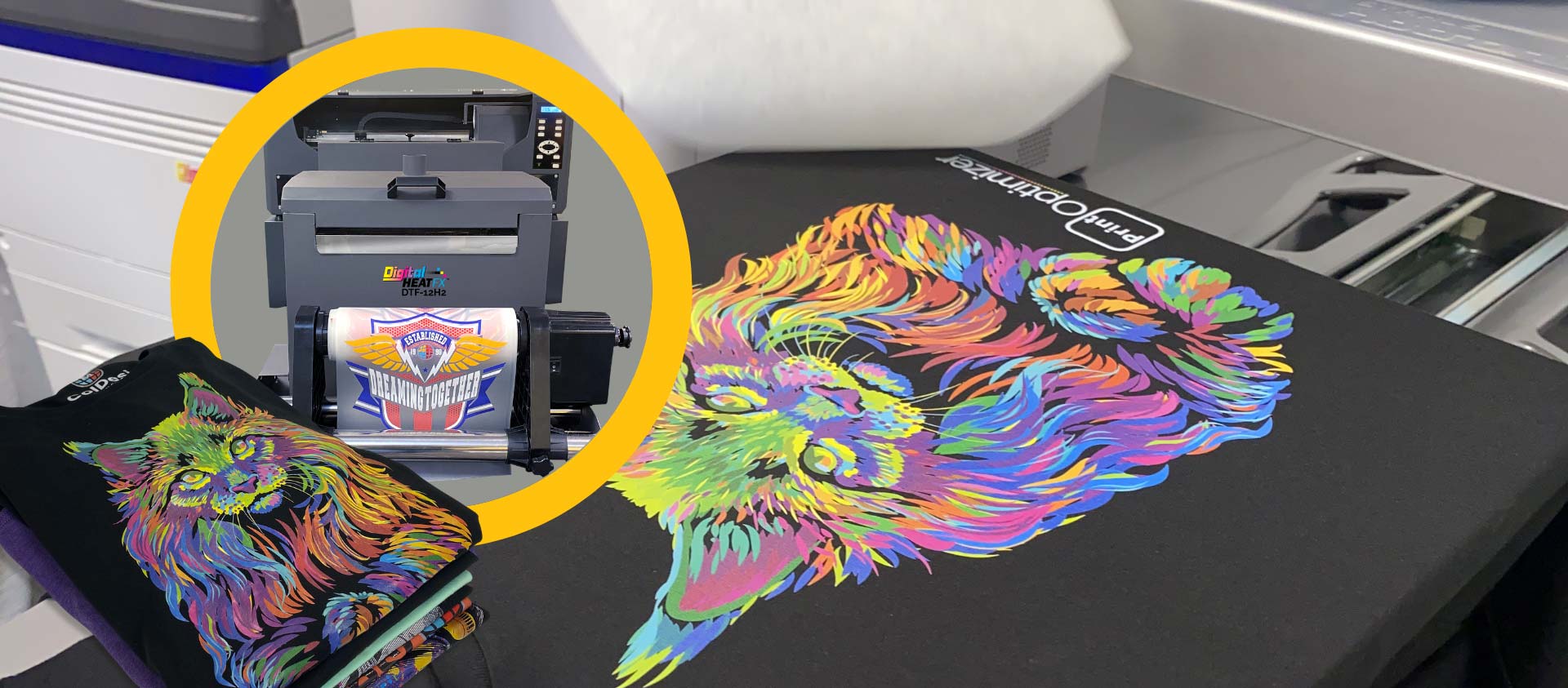A Deep Study DTF Printing: Methods, Advantages, and Market Applications
The Future of Style: Discovering DTF Printing Innovation in the Textile Sector
Among these innovations, Direct to Movie (DTF) printing innovation has actually emerged as an encouraging competitor, supplying special capabilities and chances for designers and producers alike. This innovative printing approach has actually triggered passion due to its potential to revolutionize traditional textile printing processes.
Evolution of Textile Printing
From the ancient human beings utilizing methods like block printing to the digital change of today, fabric printing has consistently pressed boundaries. As the craft spread to other parts of the world, brand-new techniques such as display printing and roller printing emerged during the Industrial Revolution, transforming the fabric market.
The introduction of digital textile printing in the late 20th century marked a considerable change in the direction of even more sustainable and versatile printing methods. The evolution of fabric printing showcases a rich history of creative thinking, ingenuity, and technological development in the globe of fashion and style.
Advantages of DTF Modern Technology
With the evolution of textile printing methods from old methods like block printing to contemporary innovations such as digital printing, the introduction of Direct-to-Fabric (DTF) innovation has actually dramatically enhanced the efficiency and sustainability of textile printing procedures. Among the key advantages of DTF modern technology is its ability to directly print styles onto material without the requirement for transfer documents, which minimizes waste and streamlines the manufacturing procedure. Furthermore, DTF printing permits higher color vibrancy and detail precision compared to conventional techniques, allowing fabric makers to produce complex and high-quality styles easily.
In addition, DTF modern technology is recognized for its versatility, as it can be used on various kinds of textiles, consisting of natural fibers like wool, silk, and cotton, as well as artificial materials such as polyester and nylon (DTF Printing). This adaptability opens a large range of opportunities for suppliers and developers to explore different textures and products, bring about even more cutting-edge and special products in the fashion business. Generally, the execution of DTF innovation stands for a substantial improvement in textile printing, supplying countless benefits that add to the future sustainability and creativity of the sector
Sustainability in vogue Production
Stressing eco-friendly techniques is critical in contemporary fashion manufacturing, straightening with the expanding customer need for lasting products. Recently, the apparel industry has actually encountered enhancing analysis as a result of its significant ecological effect, including too much water usage, chemical pollution, and textile waste. As a feedback, numerous fashion brand names are now including lasting practices into their production processes to lessen injury to the setting.
Sustainability in vogue production includes various aspects, such as using recycled and organic products, decreasing energy intake, carrying out moral labor practices, and advertising openness throughout the supply chain. Additionally, advancements in technology, like DTF printing, deal opportunities to additionally enhance sustainability in fabric manufacturing. This modern technology enables precise printing on fabrics, decreasing ink waste and water use compared to typical printing approaches.
Design Freedom and Customization

Additionally, DTF printing facilitates modification on a range previously unattainable, permitting for individualized garments and distinct pieces customized to private choices. Customers can now proactively take part in the design procedure, producing garments that reflect their design and personality. This modification not just enhances the customer experience however additionally advertises a sense of exclusivity and originality in a market saturated with mass-produced garments. Generally, DTF printing technology reinvents the design landscape in the fabric market, offering limitless possibilities for imaginative expression and individualized fashion.
Effect On Supply Chain & Market Trends
DTF printing technology in the fabric sector is improving supply chain characteristics and affecting market fads through its effectiveness and customization capacities. By making Visit Your URL it possible for on-demand printing and getting rid of the requirement for huge inventories, DTF innovation improves the supply chain procedure. Makers can produce things as required, minimizing waste and storage space costs. This just-in-time production model likewise enables quicker action to market demands and patterns, causing a more dexterous and responsive supply chain.
Moreover, the personalization potential of DTF printing innovation is changing the market trends in the fabric industry. As a result, DTF modern technology is driving a shift in the direction of more innovative and customer-centric methods within the fabric industry, shaping our website the future of style.

Verdict
Finally, DTF printing innovation is revolutionizing the textile sector by providing countless benefits such as style sustainability, modification, and freedom. This innovative innovation is improving the future of style manufacturing, impacting supply chains, and driving market patterns in the direction of extra environmentally friendly and effective techniques. As the industry continues to progress, DTF printing will certainly play an essential duty in shaping the way fabrics are produced and consumed in the years to come.
From the ancient people making use of strategies like block printing to the electronic change of today, fabric printing has actually consistently pressed boundaries. As the craft spread to other components of the globe, brand-new approaches such as display printing and roller printing arised throughout the Industrial Change, revolutionizing the fabric sector.
The intro of electronic textile printing in the late 20th century marked a significant shift in the direction of even more flexible and sustainable printing methods.With the evolution of textile printing techniques from ancient approaches like block printing to modern-day technologies such as electronic printing, the intro of Direct-to-Fabric (DTF) modern technology has actually substantially improved Going Here the efficiency and sustainability of fabric printing procedures (DTF Printing).In response to the imperative change towards sustainability in style manufacturing, the adoption of cutting-edge technologies like DTF printing not just addresses environmental problems yet also opens up avenues for exceptional design liberty and personalization in the textile market